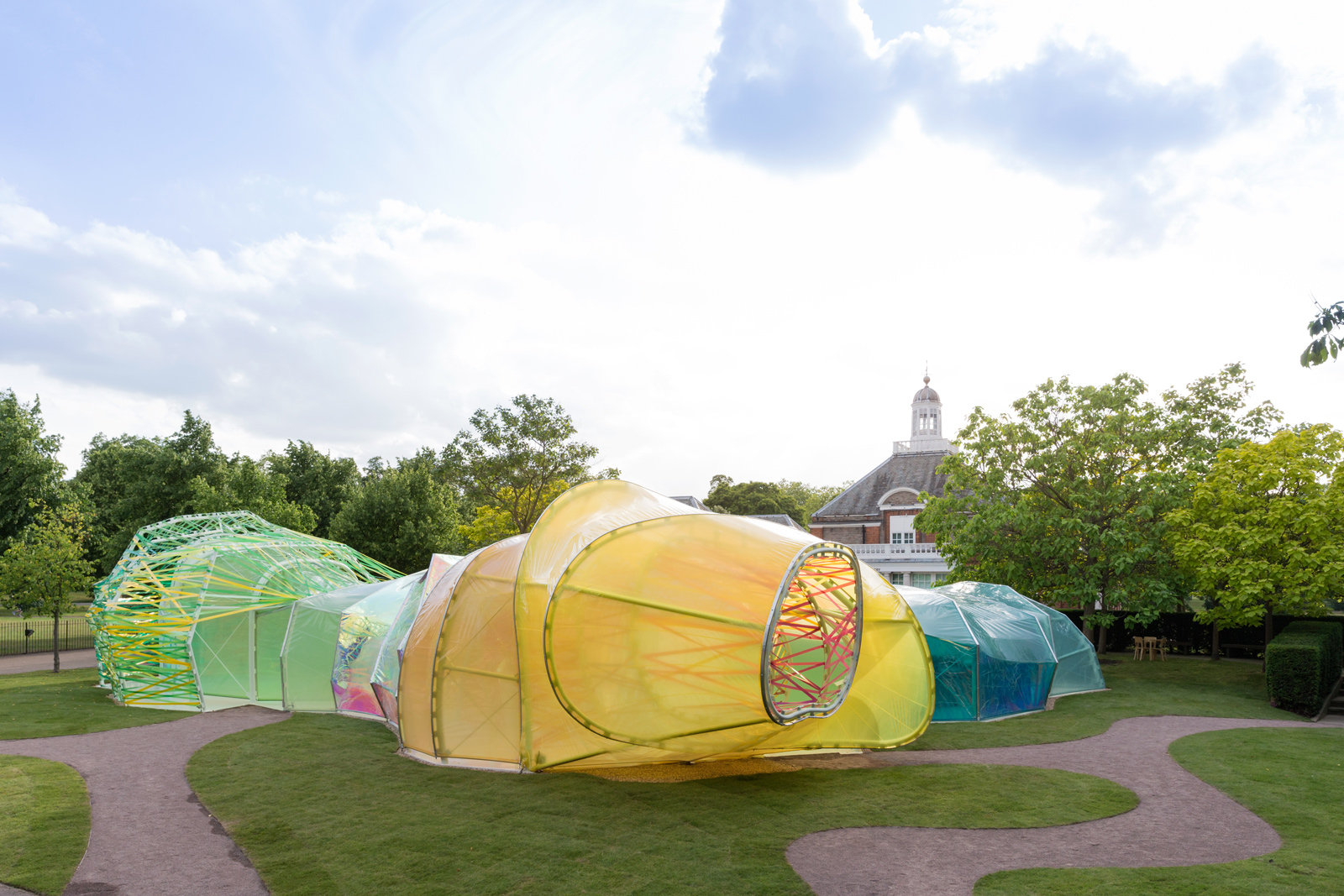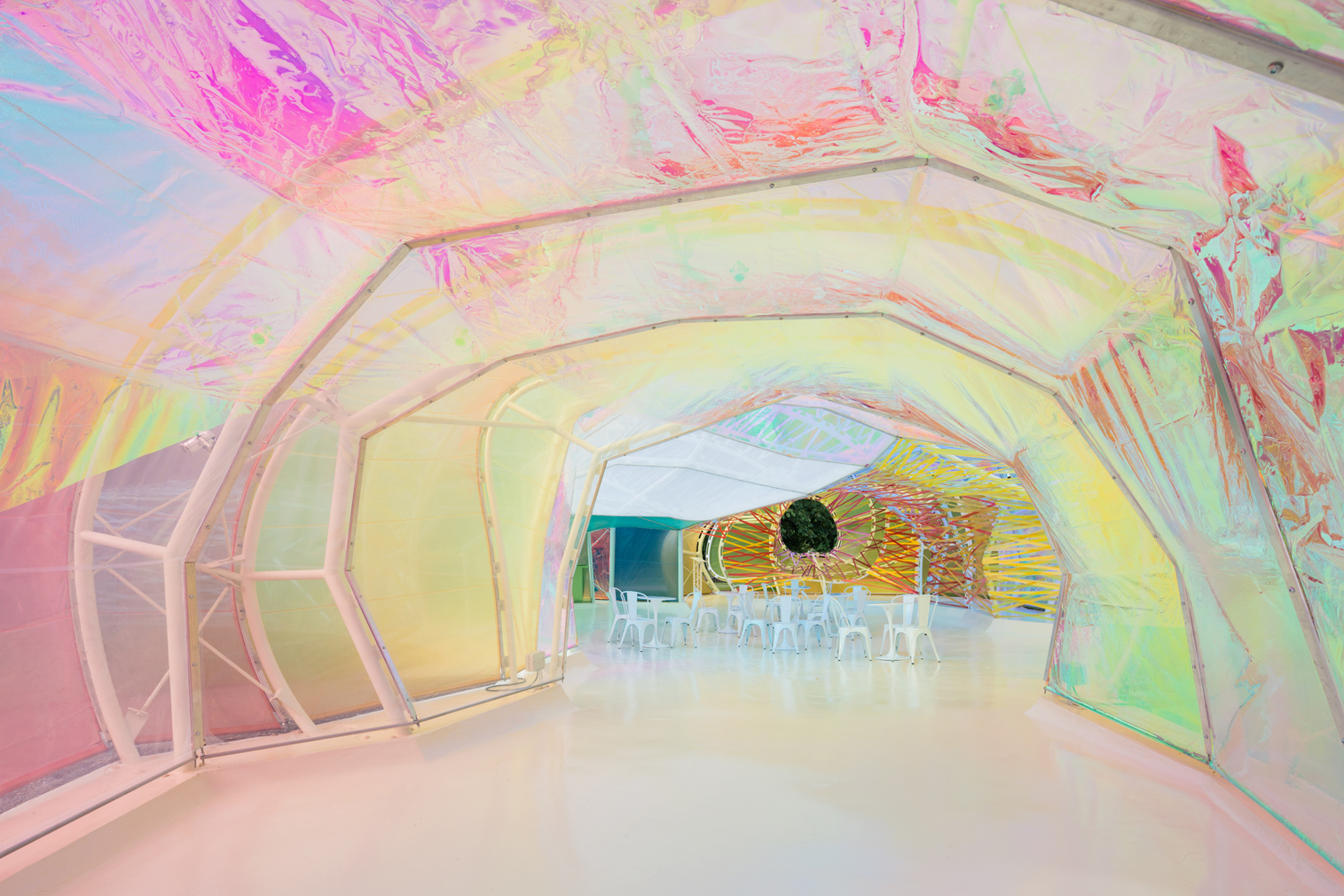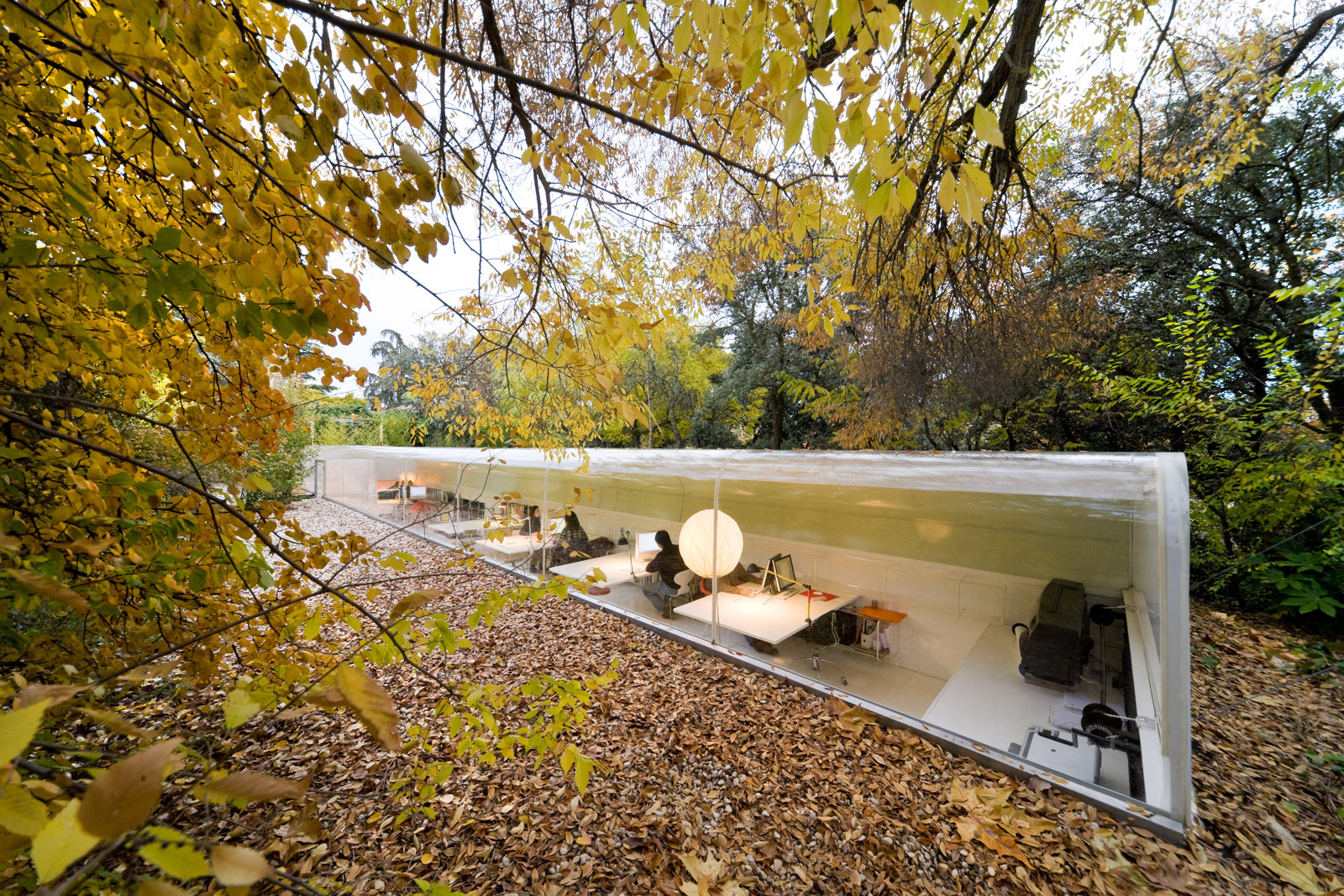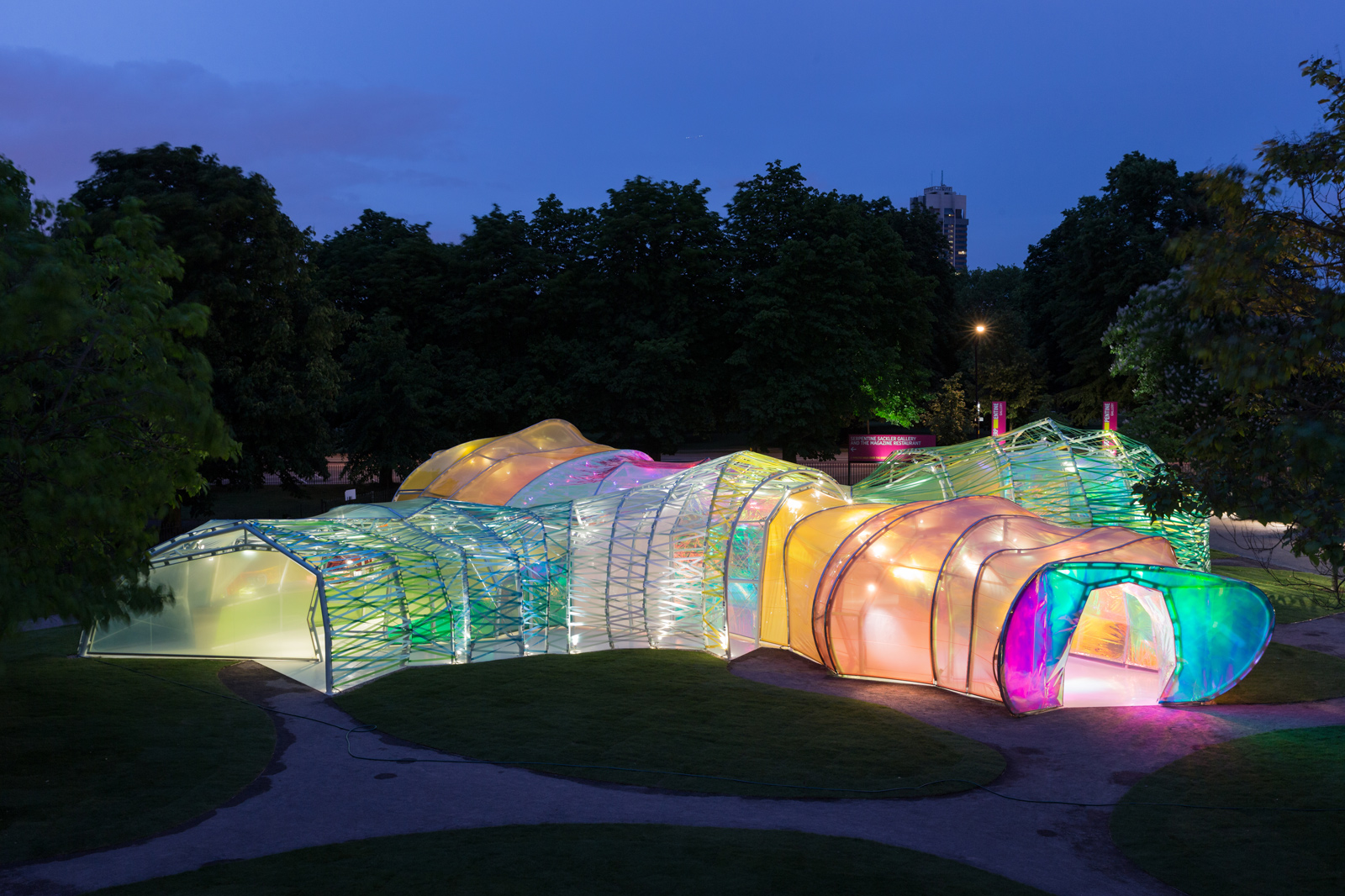
Few patches of grass have been as disrupted as the Serpentine Gallery’s front lawn. Over the past fifteen years this small patch of Hyde Park has been scraped, scoured, dug over, demolished, and re-turfed some 15 times, as a roster of the world’s best-known architects have been given carte blanche to create their vision of the ultimate temporary pavilion on the spot.
Under the directorship of Julia Peyton-Jones, the Serpentine Pavilion series has evolved into a new tradition for the city, a bold new commission that adds a splash of idiosyncratic modernism into Hyde Park’s urban-fringed greenery. For the architects, the project usually represents a smaller scale than they’re used to, and for the public, it offers up a chance to experience architecture as art.

This year, the baton was passed to the young Spanish practice selgascano, eschewing the starrier arms of the professional firmament. José Selgas and Lucía Cano have collaborated since 1998, and their portfolio combines formal invention with an obsession with new materials – in particularly synthetic, industrial ones. Perhaps best known for their Office in the Woods in Madrid, a sylvan, semi-buried office that is immersed in the landscape, the Serpentine Pavilion is – as tradition dictates – the firm’s first new build in the UK (they recently completed the fit-out of Second Home, a co-working space in East London).

As always, the pavilion is a triumph of sponsorship; everything from materials to coffee shop and construction costs are underwritten by the private sector, particularly Goldman Sachs (in the past, a secretive coterie of collectors have taken on the pavilion for re-use once its time is up). So have selgascano created a timeless object?

First impressions are of a riotously colourful composition, sprawling across the lawn with four distinct tentacle-like entrance tunnels and windows. Every conceivable type of plastic cladding, wrapping and surface has been brought into play, creating a kaleidoscopic confection of transparency and surface, through which the park and trees are glimpsed and silhouetted. A structural steel skeleton supports this double skin, creating an interior that’ll double up as café and event space throughout the pavilion’s four-month lifespan.
For all its lightness and undoubted invention, the pavilion is more Instagram than Archigram, a place to photograph and share while you’re getting your cup of coffee or shot of cultural critique.
In 15 years, the concept of the pavilion has evolved into the acceptable public face of contemporary architecture, a sugared pill that sweetens our relationship with our environment, before vanishing into the ether. As before, the Serpentine has offered up another delicious confection, but perhaps the inherent impermanence of the project makes it hard to create something that can be better digested over time.

















